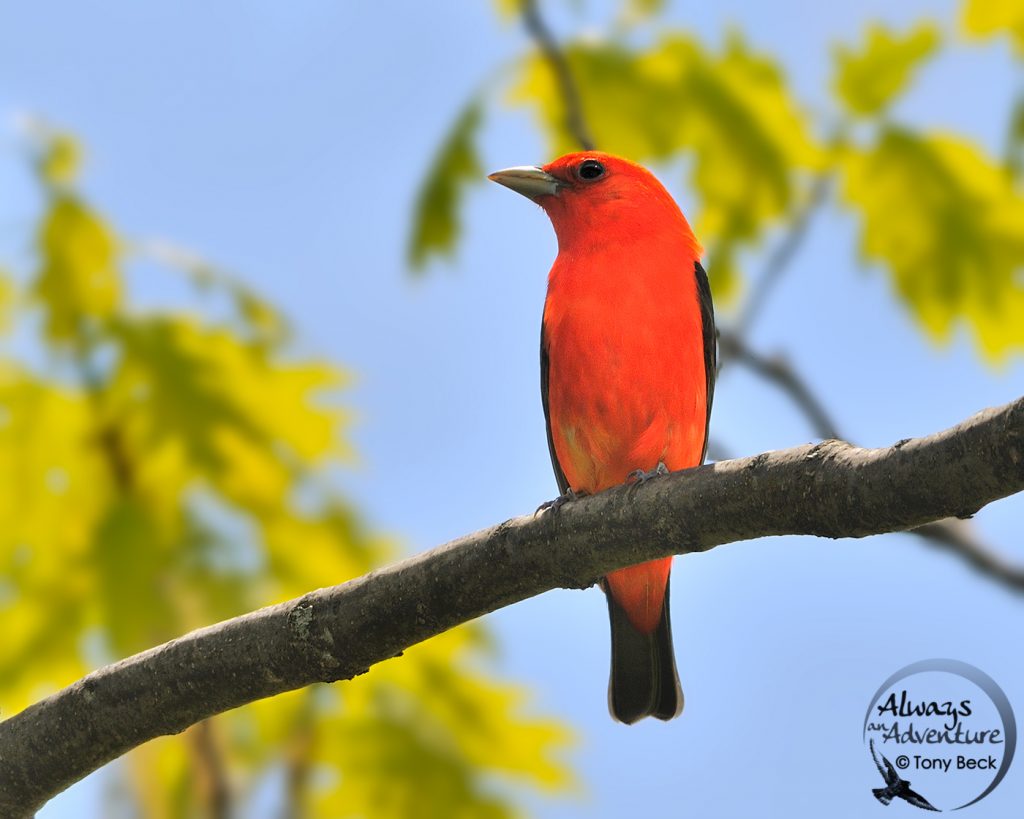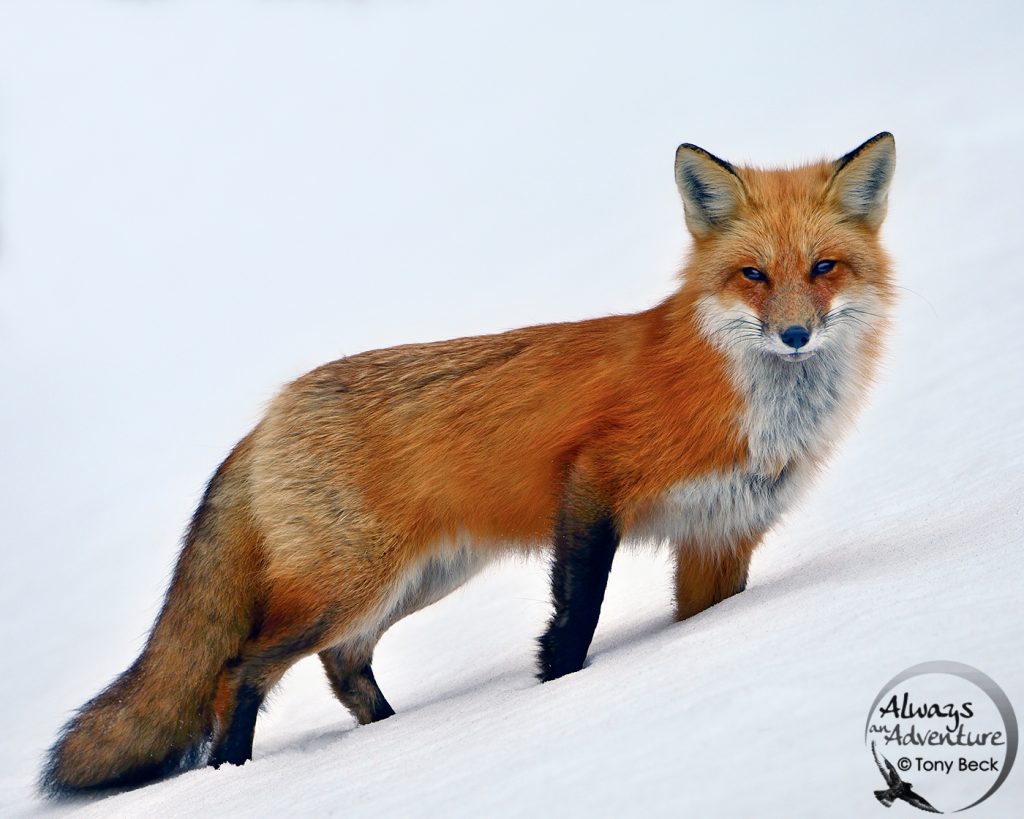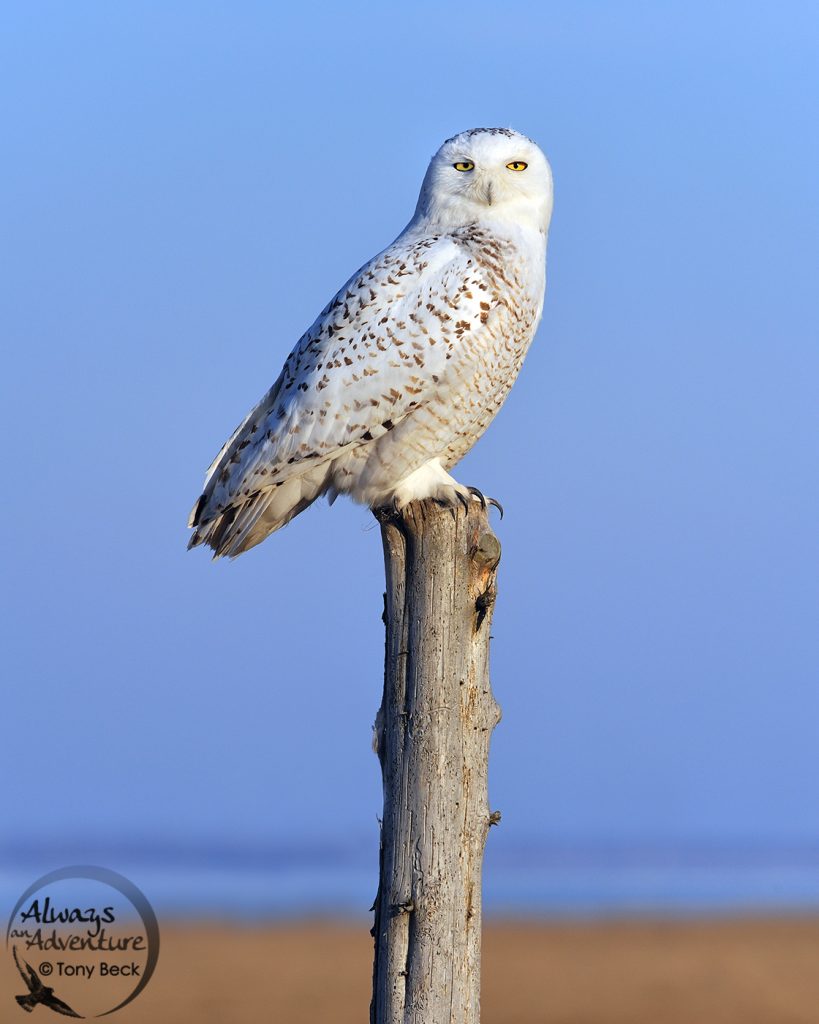Honing Your “Fieldcraft”: 10 Tips to Approaching Wildlife with a Camera
This blog was written by Tony Beck, who is a freelance naturalist and photographer based in Ottawa. He and his wife Nina Stavlund, operate “Always An Adventure,” a company offering a variety of photography and birdwatching services.
It’s natural to get excited when animals get close. Imagine a Pine Marten bolting out of the forest and crossing your path, or a Scarlet Tanager perching in clear view above a woodland trail. With the enormous popularity of photography, these days, events like this regularly get documented.
But, if you’re after prize-winning photos, overwhelming excitement can distract you from making the right technical and artistic choices. In the heat of the moment, it’s easy to overlook simple details like crooked horizons, cluttered backgrounds, proper exposure or precise focus. More importantly, emphatic enthusiasm will likely alarm or scare off any wild creature.
To overcome this, you need to develop something I call “Fieldcraft” – the art of taking photos while you’re approaching your subject, especially during “field” activity. Fortunately, with a little practice, you can achieve a demeanour that will help you focus and relax while in proximity to wildlife.
Even if the animal is fully aware of your presence, with ethical and fine-tuned fieldcraft, many animals can be approached. Here are a few tips to prepare you for field situations.

Photo of Scarlet Tanager by Tony Beck. When it comes to nature photography, slow and steady wins the game.
1. Be patient, take your time and never rush.
2. Always remain calm.
3. Try to suppress any excitement by moving slowly, gracefully and with fluid motion. Always avoid fast or jerky actions.
4. Avoid loud and abrupt noises. Move carefully with every step making sure you‘re always quiet and light on your feet.
5. As you approach the animal, pretend like you’re not interested. It helps to avoid prolonged eye contact. Pay attention. But, keep the animal mostly in your peripheral vision while occasionally looking at them briefly. However, looking through a camera’s viewfinder is usually OK. The equipment will mask your eyes and your excitement.

Photo of a Red Fox by Tony Beck. Pay attention to an animal’s behaviour. Look at this Red Fox’s eyes and ears. It’s clearly paying attention to the photographer. Any abrupt or threatening move might have scared it away.
6. Avoid moving toward your subject too directly. Wander around slowly, moving forward with infrequent steps sideways or back. Stop occasionally for short periods to reassess the situation or to snap a few frames.
7. Become familiar with your camera’s settings and options. Preset your camera to the settings you anticipate using. Before pressing the shutter, pay attention to the information displayed in the viewfinder, then adjust your settings accordingly.
8. In order to get wildlife comfortable with your camera noises, start taking photos from a distance. This also helps you get into rhythm with the subject. Continue to take photos throughout your entire approach.
9. Be sensitive toward the animal. Back off the moment you detect any signs of stress or nervousness. Priority should always go to the animal’s well-being before your photography.
10. Beware of personal danger. Animals can be unpredictable. They might be hungry, disoriented, injured or protecting their young. If you look like food, or they perceive you as a threat, they might charge you.

Photo of a Snowy Owl by Tony Beck. When photographing wildlife, always treat your subjects with sensitivity and respect. Limit your actions and avoid causing them unnecessary stress. Migratory birds like this Snowy Owl should use their energy hunting for food rather than escaping curious photographers.
Although digital photography is relatively easy, there’s no substitute for practice.
Regardless of how well you act in the field, not all wildlife will let you get close. But with refined fieldcraft, you’ll greatly improve your chances of capturing prize-winning images of wild animals.
Additional Resources
- National Geographic: How to Photograph Wildlife Ethically
- Nature Habitat Adventures: 10 Tips for Ethical Wildlife Photography
- All About Birds: Bird Photography Tips: How To Get Close To Birds Without Disturbing Them
About the Author
With more than 30 years of experience, including 23 years as a professional, Tony teaches Birdwatching and Nature Photography through various schools, companies, institutions and businesses. Since 1995, he’s worked with several agents as a nature tour guide and photography instructor. An enthusiastic, skilled and popular guide, he regularly takes groups around Ottawa looking for birds, nature and photo opportunities.
He’s extremely well-travelled, guiding in many exciting places throughout North America, Tropical Pacific, Middle East, Africa, Tropical America and Polar Regions. Tony currently holds the prestigious title of Nikon Ambassador of Canada.
Thank you to Tony for these incredible tips for approaching wildlife with your camera. Want to try them out? Good news! We’re hosting a Nature Photo Contest this summer. This is your chance to test out these pointers and get out into nature. The Nature Photo Contest is a celebration of the plants and animals, landscapes, and nature moments that bring us joy and happiness. Submit your nature photos for a chance to win one of our amazing prizes!


